From msn.com
TWNZ comment: Speeding up the depop program? I would say so. The many who have tracked the 1080 operations (moving along in NZ for over 50 years) know there is more to this than meets the eye. Particularly in latter years as increasingly the rules have expanded to allowing dispersion into waterways. How can this not affect human health? On a grand scale we have also seen the gradual destruction of the very species the narrative has told us were being protected.
Slowly but surely the wild food supplies are being severely reduced, and what is left is being rendered too risky to eat. This is not about conservation according to the UN's supposed biodiversity goals contained in the Agenda 21 documentation. It is all part of the New World Order reset goals, world control of all resources including food. So here we have Australia spreading it also into waterways. The article is from MSN.
The New South Wales government is preparing to drop poisoned animal baits into a part of Sydney's main drinking water catchment considered so important, public access is restricted.
The move has angered a conservation scientist who says mass aerial baiting in the special area contradicts those protections.
However, the NSW government says the baiting is necessary to protect vulnerable native animals affected by the devastating bushfires of 2019/20.
The meat baits, which are laced with the poison known as 1080, are designed to kill foxes and dingoes — also referred to as wild dogs. They will be dropped across parts of the Greater Blue Mountains World Heritage Area, including within the Warragamba Special Area.
Special areas act as buffers of pristine bushland upstream of dams and are designed to protect water quality. In the Warragamba catchment, "schedule 1 areas" are the most heavily protected and public entry is banned.
They are surrounded by "schedule 2 areas", where entry is restricted and activities such as bike riding and motorboat use are prohibited.
But according to internal government documents, seen by the ABC's Specialist Reporting Team, poisoned baits were airdropped in schedule 2 areas in June and July 2020, with more baits to be dropped this month.
Originally, the NSW Parks and Wildlife Service (NPWS) also wanted to bait schedule 1 areas, but it abandoned the idea over concerns about how the public would react.
"We anticipate that there is a risk of community concern regarding the perceive (sic) risks of using 1080 in Sydney's drinking supply," the NPWS noted in an email.
"For these reasons we are proposing we don't bait in Schedule 1 lands. If we determine a way to manage that risk down the track, then we can reconsider."
WaterNSW told the ABC it considered the baiting a "very low" risk to the catchment, thanks to other mitigating factors.
"These factors … include restricting baiting to areas away from waterways, the high rate of decay of '1080' in the environment, and baiting occurring only in catchment zones far removed from the Warragamba supply storage," a spokesman said.
Scientist argues dingoes should be protected
The Department of Planning Industry and Environment said the program had been carefully mapped out, and baits would not be dropped within 200 metres of waterways.
That does not reassure Kylie Cairns, a molecular biologist and geneticist who specialises in dingo research at the University of New South Wales (UNSW).
She is opposed to any baiting in national parks where dingoes roam, saying they are Australia's land-based apex predator and should be protected.
"If you have the apex predator being controlled in such a manner, you could be disturbing or impacting negatively on the natural environment in that area," she said.
Dr Cairns said since baiting was typically done to reduce the loss of livestock in agricultural areas it was "shocking" that baiting was planned up to 10 kilometres inside the world heritage area.
"You have to ask, is that really balancing the need to conserve dingoes in their environment … with the impact that they might be doing to livestock operations on the outside of the park?''
She said a growing body of work suggested habitats could be improved in areas where dingoes were well managed and, that in particular, dingoes helped keep kangaroo numbers down, which allowed plants and smaller herbivores to flourish.
Expert says baiting needed to control dingoes
Greg Mifsud is the national wild dog management coordinator at the Centre for Invasive Species Solutions. He supports the use of aerial baiting to access hard to reach areas. And he said it was more targeted than the name suggested.
"The movement of foxes and dogs in those landscapes after fire could be quite different and therefore targeting areas with aerial baiting just means you might be able to get a better uptake of baits by animals that you're targeting," Mr Mifsud said.
He was not involved in the program run in the Warragamba Special Area, but he does oversee the National Wild Dog Action Plan and provides advice to landholders and agricultural groups on predator control strategies.
Mr Mifsud said dingoes still posed a significant threat to wildlife and he argued regular baiting was needed because as soon as it stopped, they came back.
"Dogs aren't going away," he said.
"Despite the best efforts, they've adapted to the changes and they're moving into areas, like … on the outskirts of Brisbane and places like that. So it's really just going to be about ongoing management."
Concerns over 'cruelty' and native animals
Mark Greenhill is the Mayor of the Blue Mountains City Council, which covers a large section of the world heritage area. He's opposed to the use of 1080 because he thinks animals that ingest it die painful deaths.
"We can be more humane than that," he said.
"My concern is that, apart from the cruelty of the poison, there's no guarantee this poison wasn't taking out native animals."
This year, his council officially banned the use of 1080 in his government area. That ban does not cover land controlled by the state government, such as national parks, but he wished it did.
"The [Warragamba Special Area], while outside our local government area, is still within the Blue Mountains World Heritage Area. So, forgive me for feeling somewhat proprietorial," he said.
A spokesperson for NPWS told the ABC it had seen a 90 per cent reduction in fox activity across the Greater Blue Mountains World Heritage Area since it started baiting last year.
NPWS also said strict legal conditions surrounded aerial baiting and ensured human safety.

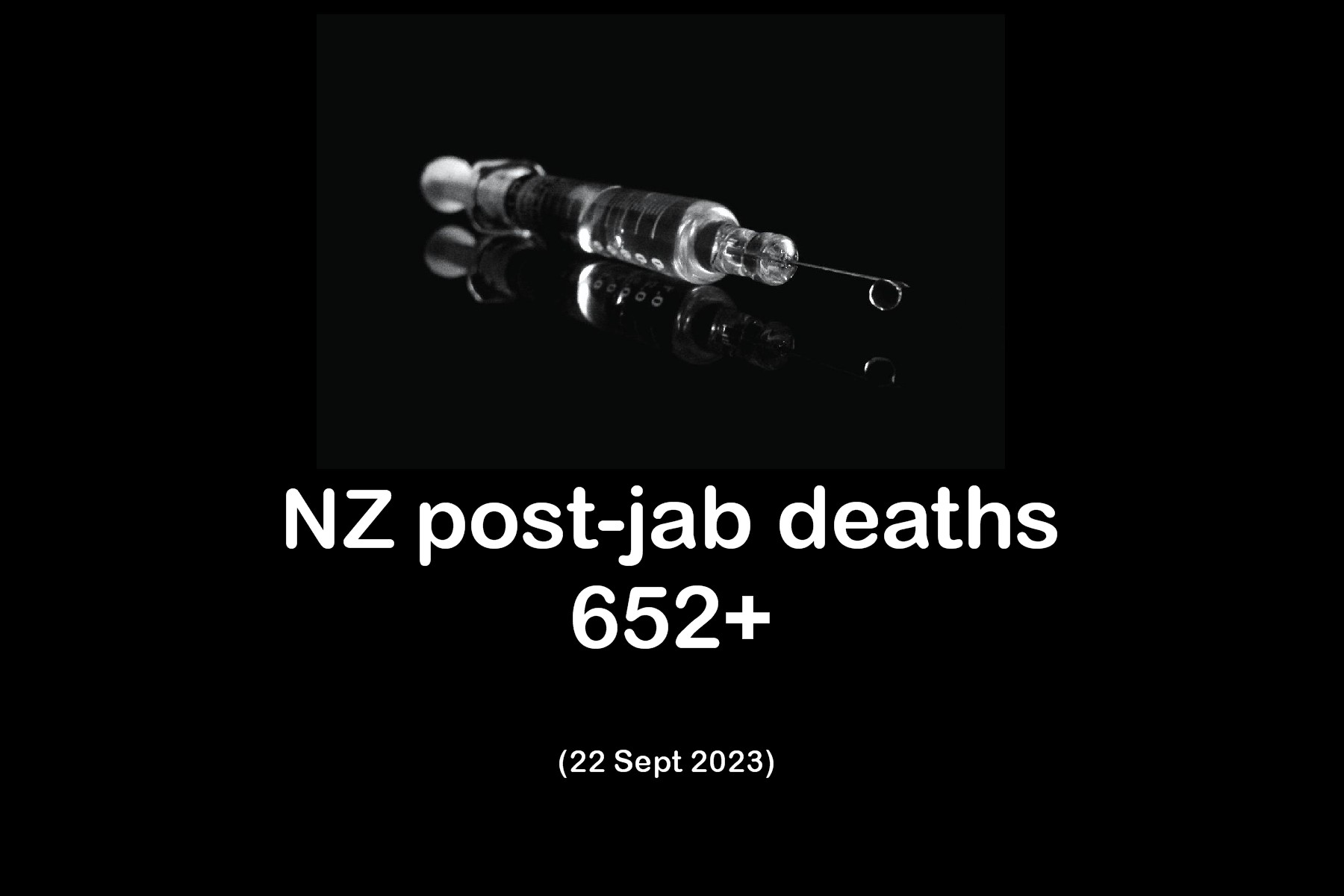
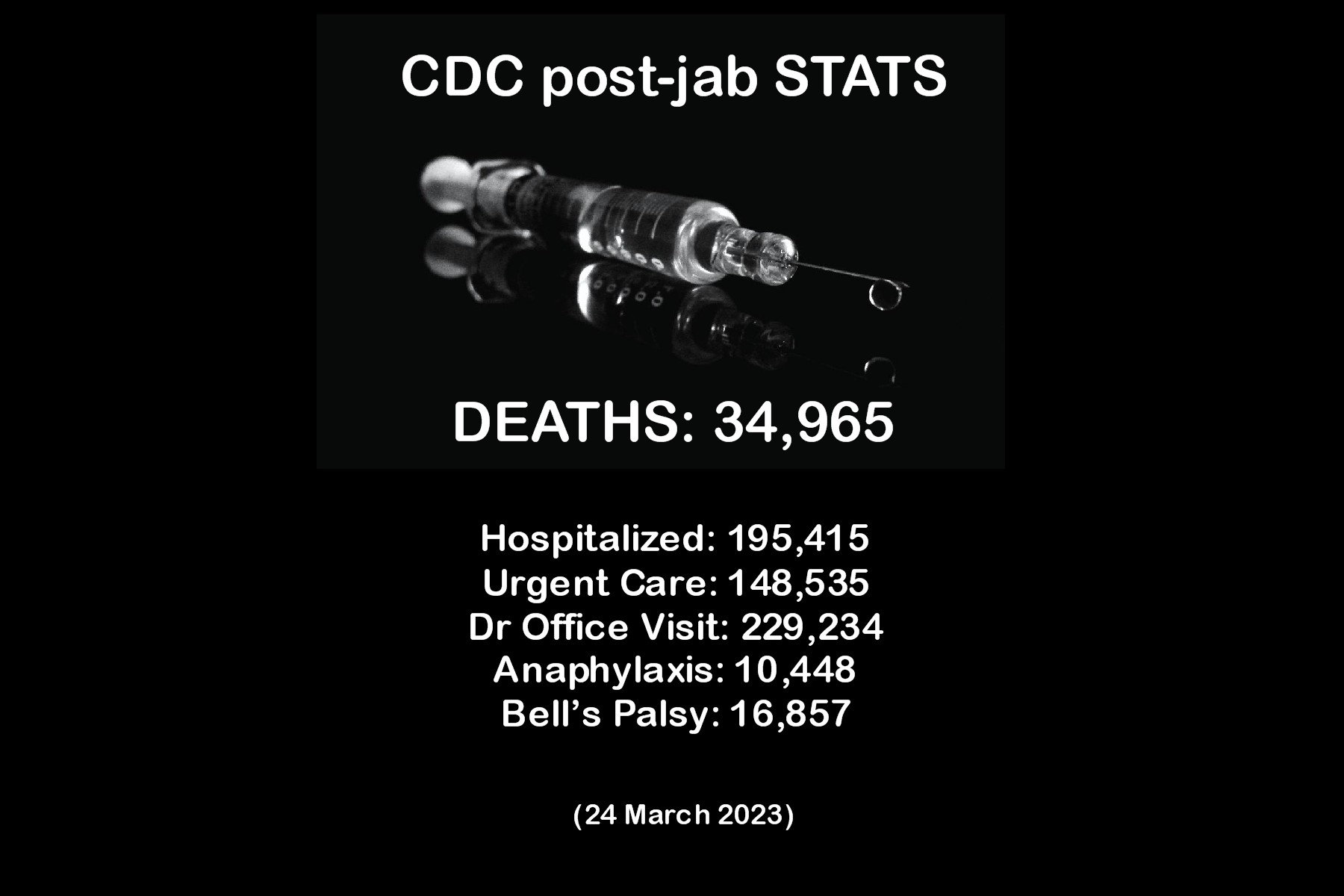
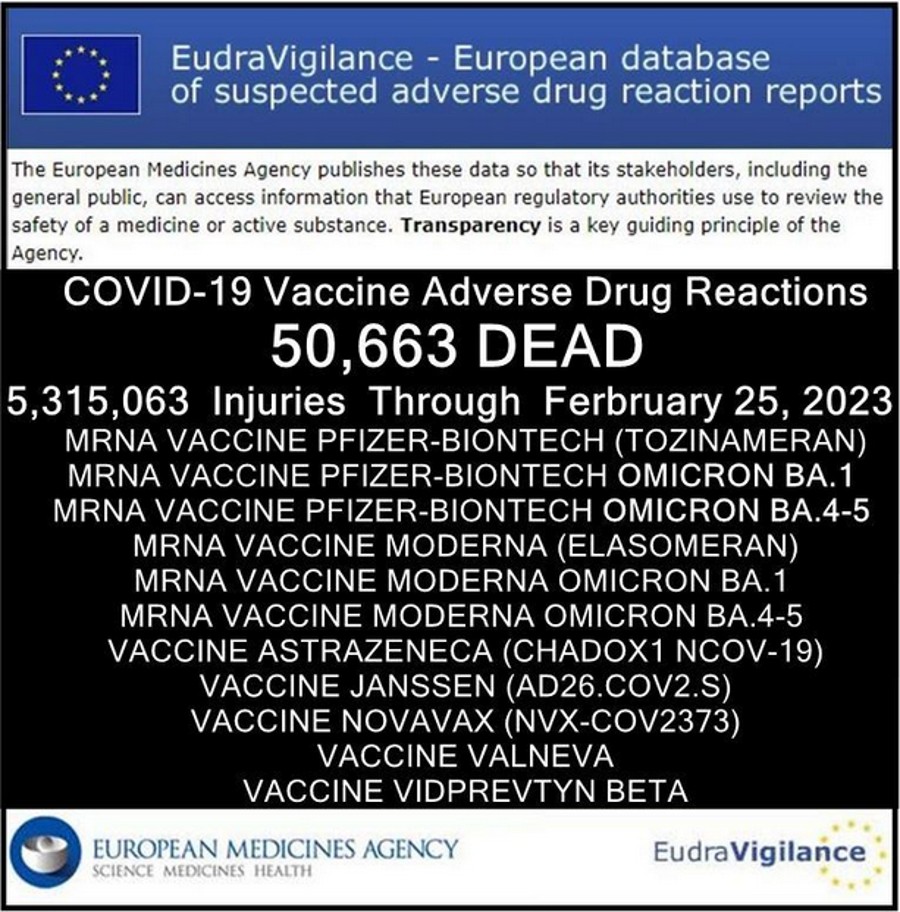
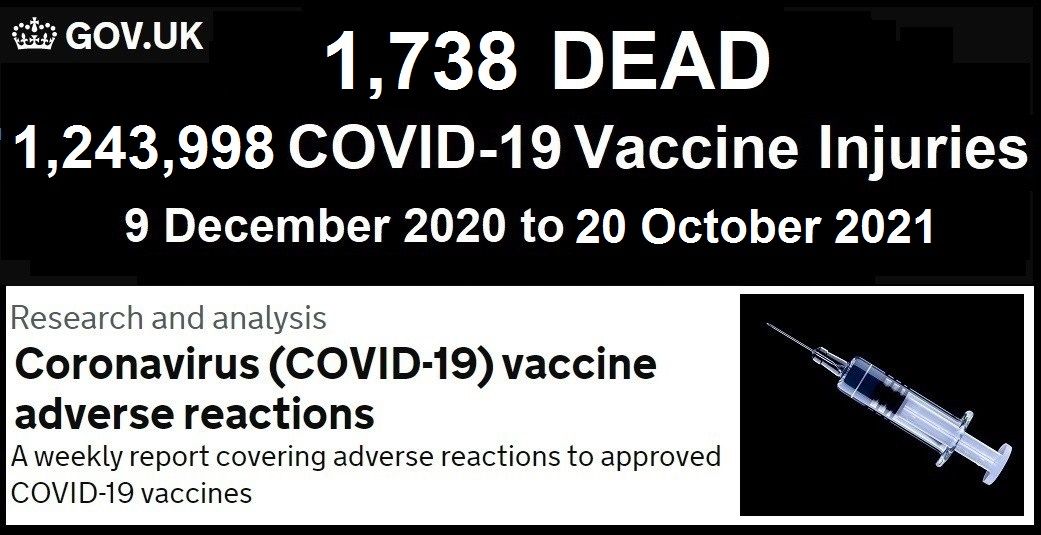
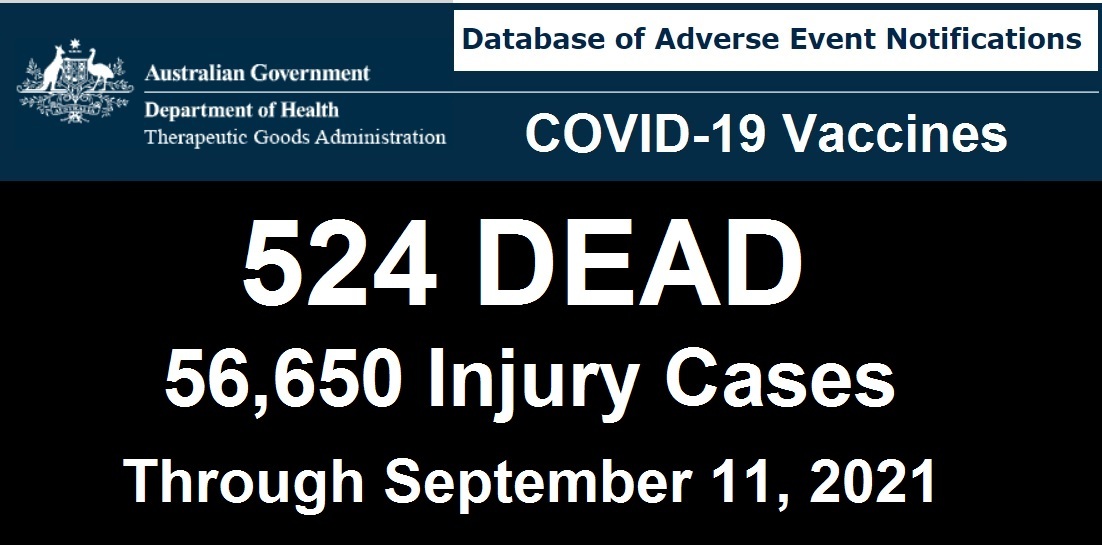



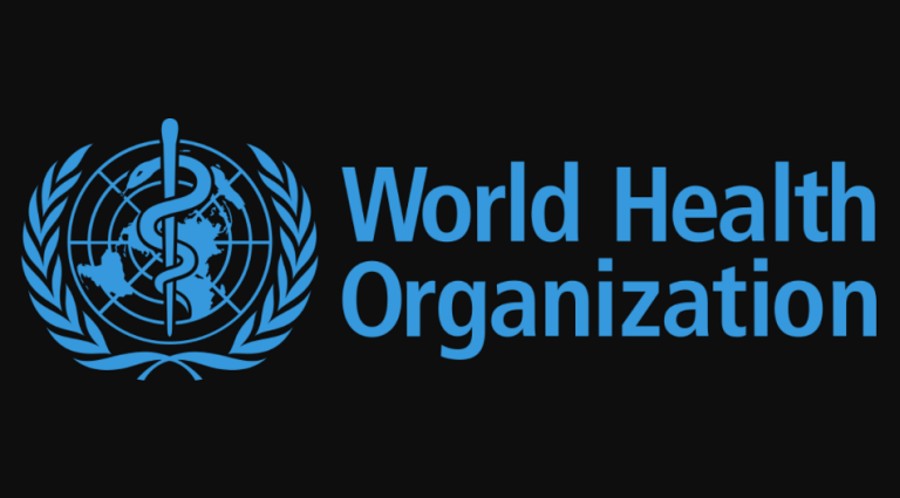
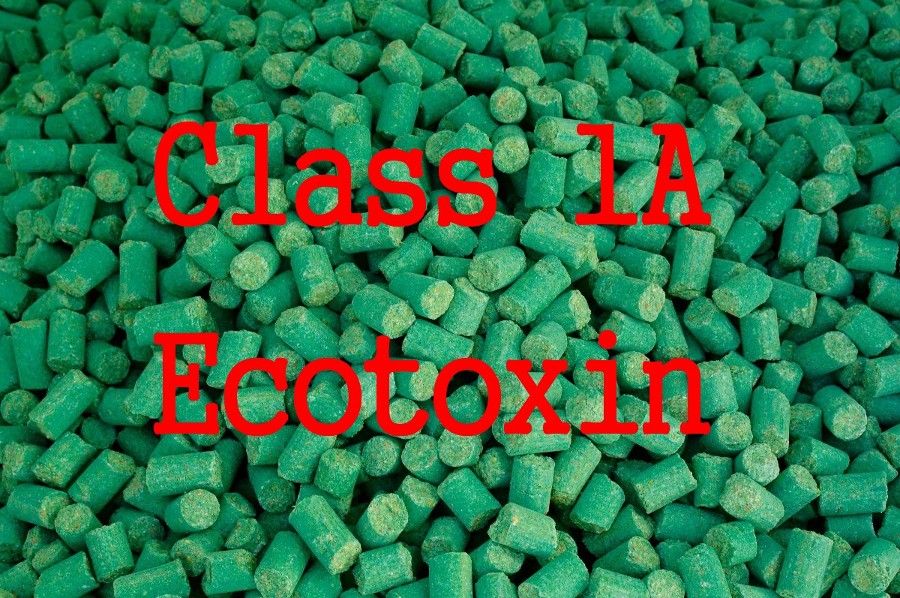
Comments powered by CComment